The Singing Stone (Xhosa)
R120When Storm holds her stone and sings, everyone in the village stops to listen.
Showing 1697–1712 of 1858 results

When Storm holds her stone and sings, everyone in the village stops to listen.
 Out of stock
Out of stockWhen Storm holds her stone and sings, everyone in the village stops to listen.
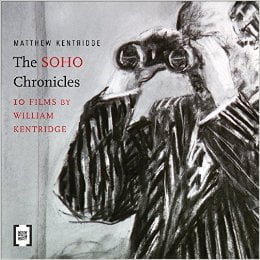
In The Soho Chronicles, Kentridge’s brother, Matthew, who has witnessed the evolution of William’s technique, themes, and ideas, shares a never before seen perspective on both William and Soho that sheds new light on the creator and his alter ego.
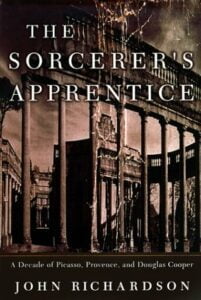 Out of stock
Out of stockJohn Richardson brings the same dazzling narrative style to this memoir as he did to Volumes I and II of A Life of Picasso. Robert Hughes called the second volume “a masterpiece in the making, the most illuminating biography yet written on a twentieth-century visual artist and the only one that can sustain comparison with Painter on Proust, Ellman on Joyce, or Edel on Henry James”; he also praised Richardson’s “crispness of writing” and “impressive eye for the offbeat or scandalous detail.” All these qualities conspire to make The Sorcerer’s Apprentice a brilliant and fascinating chronicle.

A beautiful book that encapsulates the art, determination and delicacy of the South African Ballet Theatre – with photographs by Patrick de Mervelec
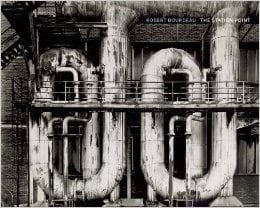
Taken over the past three decades throughout Europe and North America, these photographs are of age-old landscapes; historical treasures of architecture nestled in the countryside and rusting industrial sites reclaimed by nature.
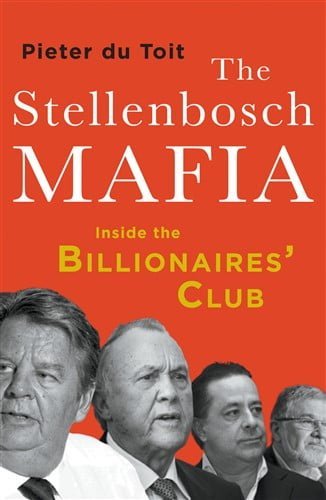
About 50km outside of Cape Town lies the beautiful town of Stellenbosch, nestled against vineyards and blue mountains that stretch to the sky. Here reside some of South Africa’s wealthiest individuals: all male, all Afrikaans – and all stinking rich. Johann Rupert, Jannie Mouton, Markus Jooste and Christo Weise, to name a few.

It is a story like no other: an epic of endurance against destruction, of creativity in oppression, joy amidst grief, the affirmation of life against the steepest of odds. It spans the millennia and the continents – from India to Andalusia and from the bazaars of Cairo to the streets of Oxford. It
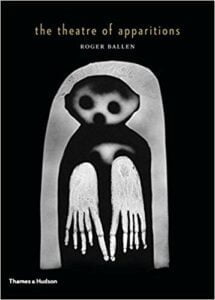
The Theatre of Apparitions is an immersive and groundbreaking monograph by the critically acclaimed art photographer Roger Ballen. The author of numerous publications, including Asylum of the Birds and Outland, Ballen is best known for his psychologically powerful and masterfully composed images that exist in a space between painting, drawing, installation, and photography.
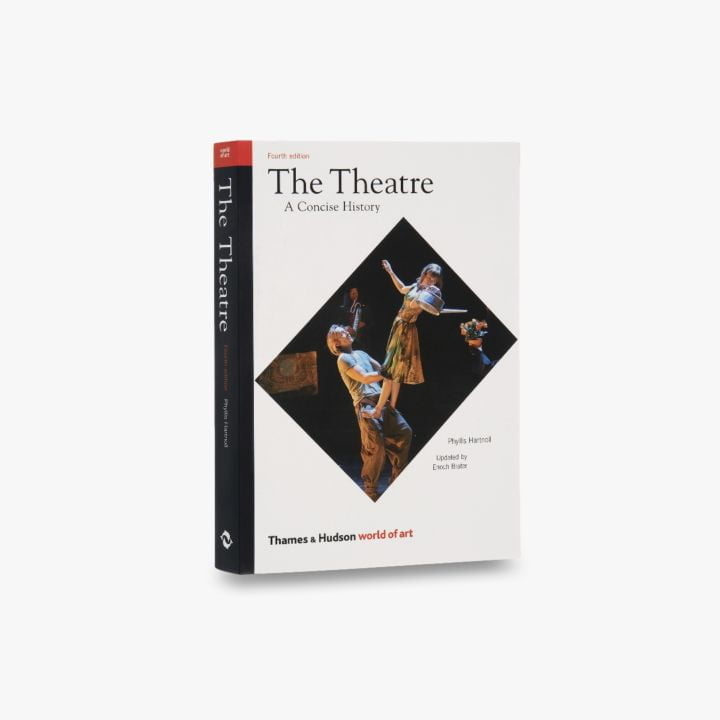
The essential guide the history of theatre, updated and extended to cover the key themes and shows of early twenty-first century drama

The Thinking Eye comprises an overview of Dubow’s photographic oeuvre from 1971-2001 and includes new images, never before exhibited. There is a vast body of colour slides that reflects Dubow the traveler with an appetite to record and document the places he visited and to absorb what the international art world had to offer.

This is easily the best introduction to Turner that I have read in quite a while. It provides an informed audience with an excellent synthesis of the key issues regarding the artist’s life, work, and era… The Turner that emerges here is one that I find entirely congenial and transfixing and the Turner that a larger public should come to know.’ – Professor Kathleen Nicholson, author of Turner’s Classical Landscapes: Myth and Meaning.

J.M.W. Turner was a fascinating and enigmatic figure. Both astonishingly prolific and extraordinarily innovative, he is widely seen as the greatest British landscape painter of them all, anticipating and surpassing the Impressionists in his dramatic interpretations of the effects of light and colour.
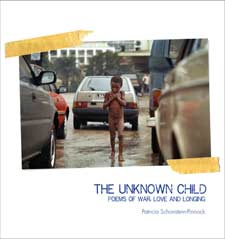
Children who are stripped of their innocence and forced to participate in civil and regional war are the true victims of human conflict. These child-soldiers, whose spirits are hobbled by combat, are cheated of their youth,
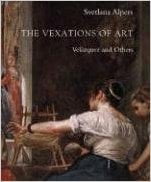
A major art historian reflects on a great tradition of European painting.
“The Vexations of Art is an engrossing, passionate attempt to re-engage with painting as a mode of thought at a time when ‘it is not clear in what form the resource of painting—for surely painting has been a singular resource of the greater European culture.

In their lifetime these lords of the seas terrified the world, causing 8th-century Europe to pray for deliverance.
No products in the basket.